In this week’s blog post, one of our blog illustrators, Emily Hinshaw will take us on a journey to the faraway land of Alaska, which is well known for its rugged terrain, exciting wildlife, and being very remote. Despite these challenges, and many others, Emily loves this work and feels very lucky to be part of the research team which explores the geology and geodynamics of the region! Alaska is ...[Read More]
Tectonics and Structural Geology
Geomythology. Devils tower: born from hell?
Geomythology. Devils tower: born from hell? Following the previous two posts (Giant’s Causeway – the mythical stone way; Columnar Basalts and why Hexagons are nature’s favourite shape) it is clear how columnar joints are quite common around the globe, and they create such a marvelous natural environment that inspired amazing myths and legends: the Devils Tower myth is one of them. Devils Tow ...[Read More]
Cryospheric Sciences
antARcTica
In the frozen expanse of Antarctica, where the remote environment tests the limits of scientists, a unique relationship between science and art can emerge. As the isolation, weather and beauty of the ice-covered continent introduce themselves, some Antarctic individuals find solace in the realm of art. In this blog post, we delve into the interplay between the world of scientific exploration and t ...[Read More]
Geodynamics
Mantle, Mountains and Molluscs
Geodynamic models and landscape evolution models are becoming important tools to quantify the formation and development of paleogeographic features, contributing to our understanding of the patterns of biodiversity evolution. Earth, a dynamic system The Earth’s surface works as a dynamic system and is continuously sculpted through the geological timescale by weathering, wind, rivers, and many othe ...[Read More]
Geochemistry, Mineralogy, Petrology & Volcanology
Call for new blog editors!
The Geochemistry, Mineralogy, Petrology and Volcanology division of the European Geosciences Union is looking for two new blog writers that can join our team! We are a group of 16 early career scientists, coming from all over the world, and with different backgrounds. If you wanna know more about our team, and what we do during the year, have a look here! We are looking for individuals that like s ...[Read More]
Natural Hazards
Multiple perspectives to understand multi-hazard risks. Why is it important to meet face-to-face when we could also meet digitally?
This summer the University of Vienna has hosted an inspiring summer school on multi-hazard risk management, bringing science outreach and research closer together. In this post, Till Wenzel provides some insights about the importance of face-to-face meetings to bring together multiple perspectives and better understand multi-hazard risks. The summer school has been organized by the Vienna I ...[Read More]
Geomorphology
A Day in the Life – Christopher Stringer
This blog post is part of our series: “A day in the life of a geomorphologist” for which we’re accepting contributions! Please contact one of the GM blog editors, Emily or Emma, if you’d like to contribute on this topic, or others. by Christopher Stringer, PhD researcher, School of Geography, University of Leeds Twitter: @sedsstringer | Email: gycds@leeds.ac.uk The sky was pink as the sun ...[Read More]
Cryospheric Sciences
The search for the Antarctic giants!
The deep Southern Ocean is full of giants! Some of them scared the sailors for centuries, like the colossal squid or, as they called it, The Kraken. They thought it was a huge monster capable of sinking ships! Far from it, these giants ran away from us, and we still know very little about them! They live in depths where the light cannot penetrate, the largest ecosystem on Earth, the Deep-Sea! They ...[Read More]
Seismology
Geo-Movie Cup 2023 – vote for your favourite!
Next week, brace yourselves for the grand unveiling of the most eagerly anticipated film competition of the year by the EGU Seismology ECS team! Never mind the prestigious Oscars and Golden Globes, the Geo-Movie Cup 2023 will be on level par in terms of movie eliteness. In a world saturated with endless sequels, Disney live action remakes and colossal franchise blockbusters, there exists a sub-gen ...[Read More]
Geodynamics
T for temperature in seismic [T]omography and more
Seismic tomography, a powerful geophysical technique, is like the Sherlock Holmes of the Earth’s interior. It helps us uncover crucial information about the lithosphere and mantle, including temperature and density distributions. Understanding these physical properties is vital for a wide range of geological applications, from identifying regions of strain localization to assessing geotherma ...[Read More]

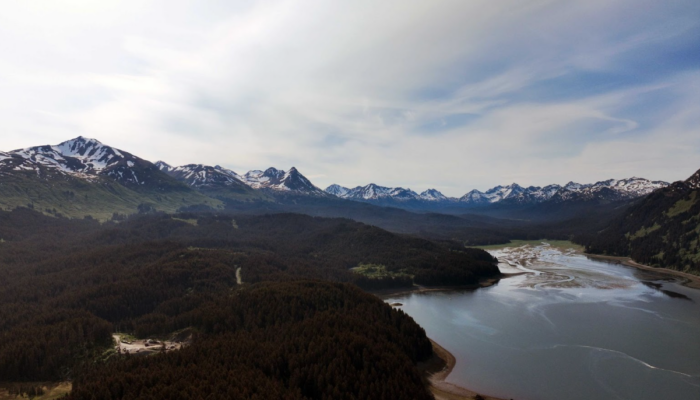
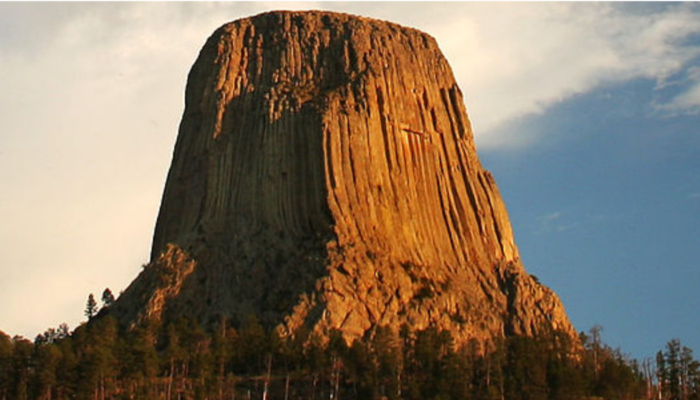
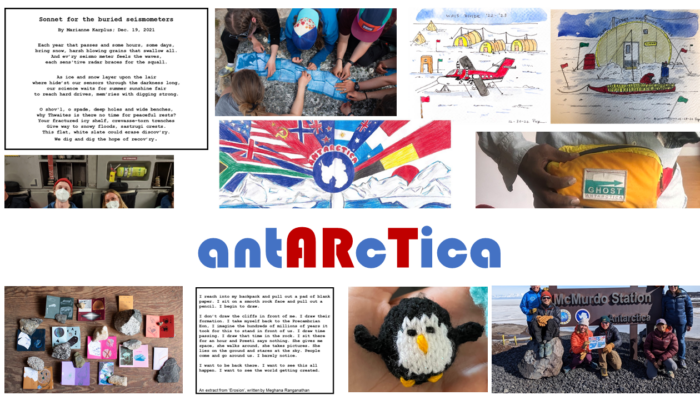
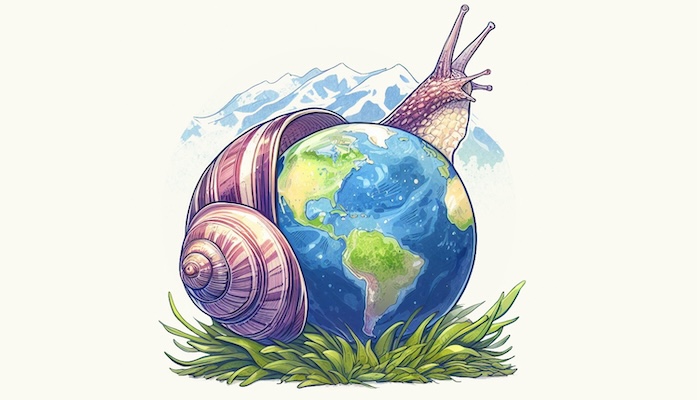

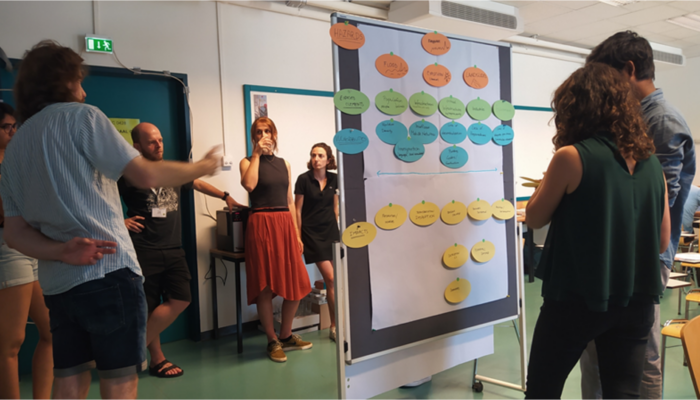
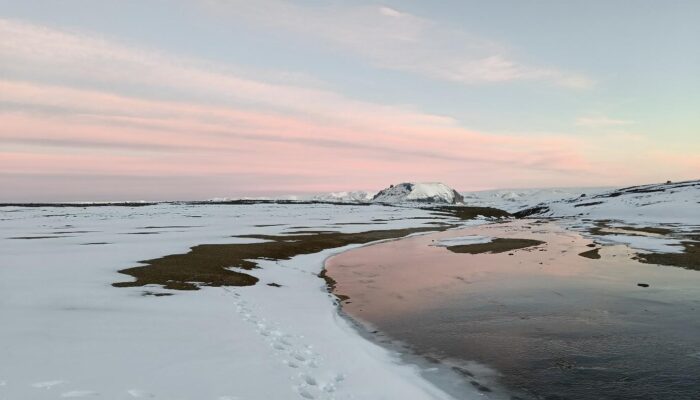
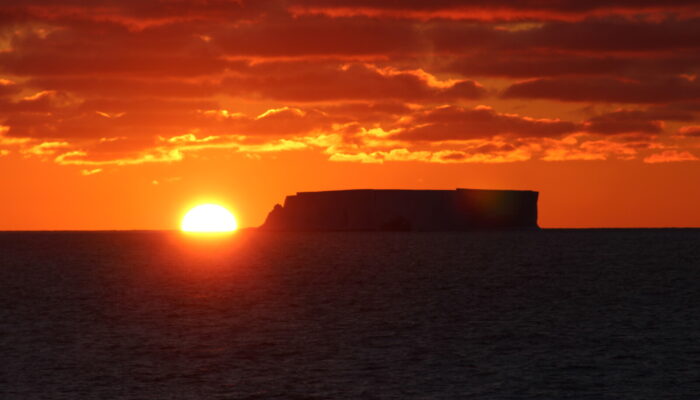
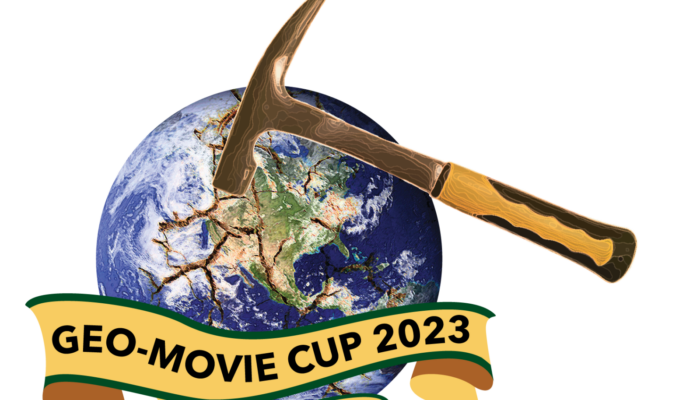
![T for temperature in seismic [T]omography and more](https://blogs.egu.eu/divisions/gd/wp-content/blogs.dir/32/files/2023/10/Featured-image-1-700x400.jpg)